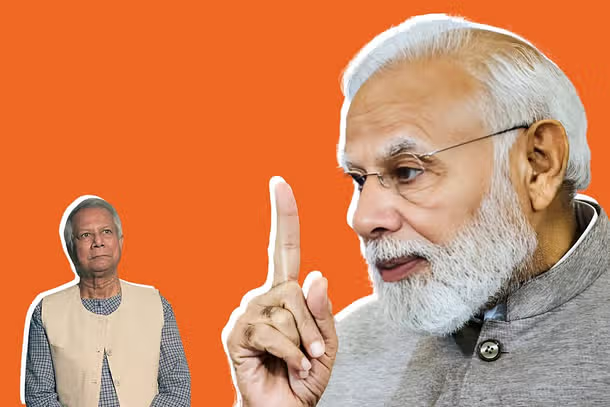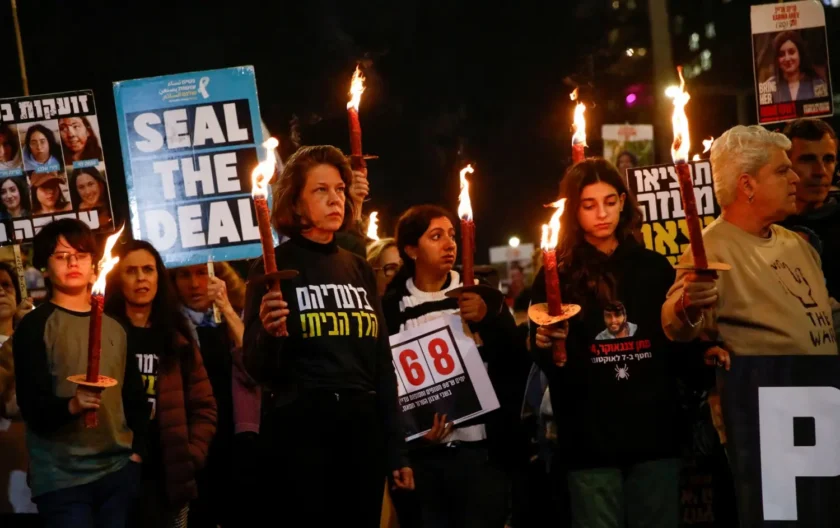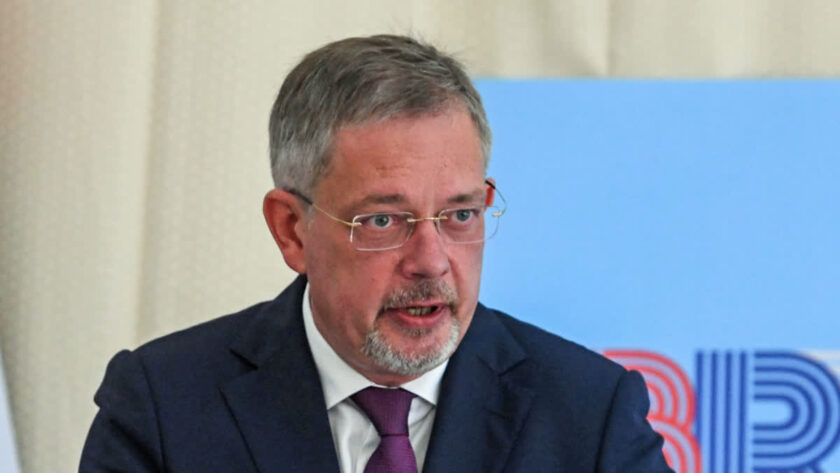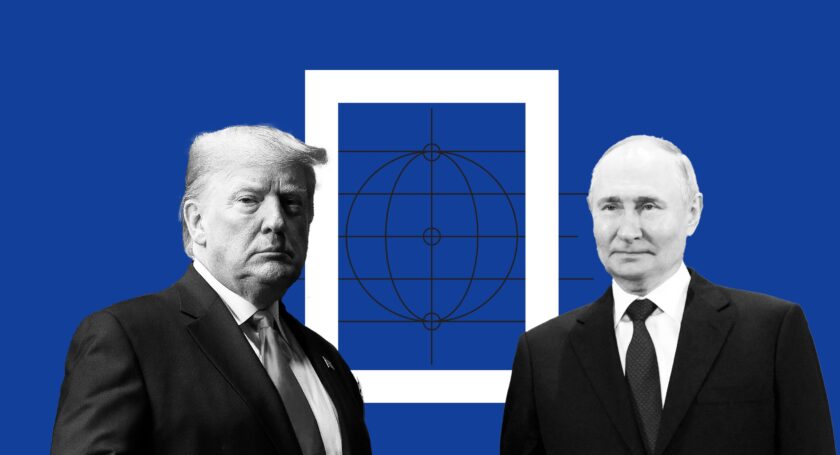New Delhi : Tensions are rapidly escalating in Bangladesh as interim Prime Minister Mohammad Yunus finds himself at the centre of a deepening political storm. What began as simmering discontent has now erupted into widespread protests across the country, including participation from government employees. Local media reports confirm that even sections of the Bangladeshi military are now expressing discontent against the Yunus-led administration.
Rising Unrest, Failing Mandate
Mohammad Yunus, who was entrusted with a temporary mandate to oversee free and fair elections, appears to be steering the country into greater chaos. Critics say that instead of focusing on elections, he is indulging in power politics—tampering with foreign policy, constitutional principles, and even the very ethos on which Bangladesh was founded.
Despite mounting internal criticism, Yunus has repeatedly blamed a “foreign conspiracy” for the unrest, indirectly pointing fingers at India—Bangladesh’s neighbour and a historical ally in its formation. However, his attempts to divert blame have drawn harsh scrutiny both at home and abroad.
India Reacts: Strategic Signals and Stark Warnings
In India, reactions have started surfacing at the highest ideological and political levels. Rashtriya Swayamsevak Sangh (RSS) chief Mohan Bhagwat, in a recent interview published in Organiser and Panchjanya, underlined the need to “use strength to eliminate evil.” His remarks came in the backdrop of the Pahalgam terror attack and Operation Sindoor and are now being seen as a larger signal to India’s neighbourhood—particularly Bangladesh.
“The power of Hindu society must be used to protect the persecuted,” Bhagwat said, adding, “When there is no other option, evil must be forcibly eliminated.”
Himanta Biswa Sarma’s Strategic Breakdown
Assam Chief Minister Himanta Biswa Sarma took the discourse further, issuing a bold warning to Dhaka. In a strongly-worded post on X, Sarma explained why Bangladesh should rethink its approach, particularly regarding India’s vulnerable Siliguri Corridor—often called the “Chicken’s Neck.” He identified two chokepoints in Bangladesh far more fragile than India’s:
-
The 80-km North Bangladesh Corridor — connecting South Dinajpur (West Bengal) to the Garo Hills in Meghalaya. Disruption here could completely isolate Rangpur from the rest of Bangladesh.
-
The 28-km Chittagong Corridor — linking South Tripura to the Bay of Bengal. It is Bangladesh’s sole route connecting its political and economic capitals.
Sarma warned that if either of these corridors were compromised, Bangladesh would face catastrophic strategic losses.

What Could India Do? Five Strategic Countermeasures in View
India, observing Yunus’s attempts to destabilize ties and cozy up to adversaries like China and Pakistan, appears to be rethinking its own regional posture. Here are five possible strategies New Delhi may consider:
1. Expanding the Siliguri Corridor by Targeting Rangpur
If India facilitates a blockade or disruption in Bangladesh’s Rangpur corridor, its own Siliguri Corridor could widen significantly—transforming a vulnerability into a strategic asset and reducing the risk to its northeastern connection.
2. Opening a Sea Route via Chittagong
Severing Bangladesh’s Chittagong corridor could allow India to develop its own maritime access point through Tripura. This would permanently secure the Northeast’s trade and military movement while neutralizing Bangladesh’s leverage.
3. A Permanent Solution to the Rohingya Crisis
By cutting off Chittagong, India could redirect illegal Rohingya migrants to their ancestral home in Myanmar’s Rakhine region. This would help resolve a long-standing security concern posed by Rohingya infiltration into Indian territory.
4. Addressing Northeast Insurgency at Its Roots
The Chin region, north of Rakhine, is a base for Christian-majority groups that seek alignment with India’s Mizoram. If India gains influence here, it could eliminate the foreign safe havens that have long nurtured insurgency in the Northeast.
5. Rewriting History: Can India Create Bangladesh 2.0?
India played a decisive role in the birth of Bangladesh in 1971. Given Yunus’s pivot toward ISI-friendly policies and increased Chinese involvement, New Delhi might once again reconsider its regional posture. If pushed too far, a geopolitical reshaping of Bangladesh may not be off the table.
A Storm that Could Spill Over Borders
As the situation in Dhaka spirals, Mohammad Yunus’s refusal to honour the democratic process and his apparent geopolitical adventurism are raising serious concerns. India, which has so far maintained strategic patience, is now sending signals—both political and military—that it is ready with options if pushed too far.
Bangladesh’s fragile democracy stands at a crossroads, and with it, so does the fragile peace of the region.






